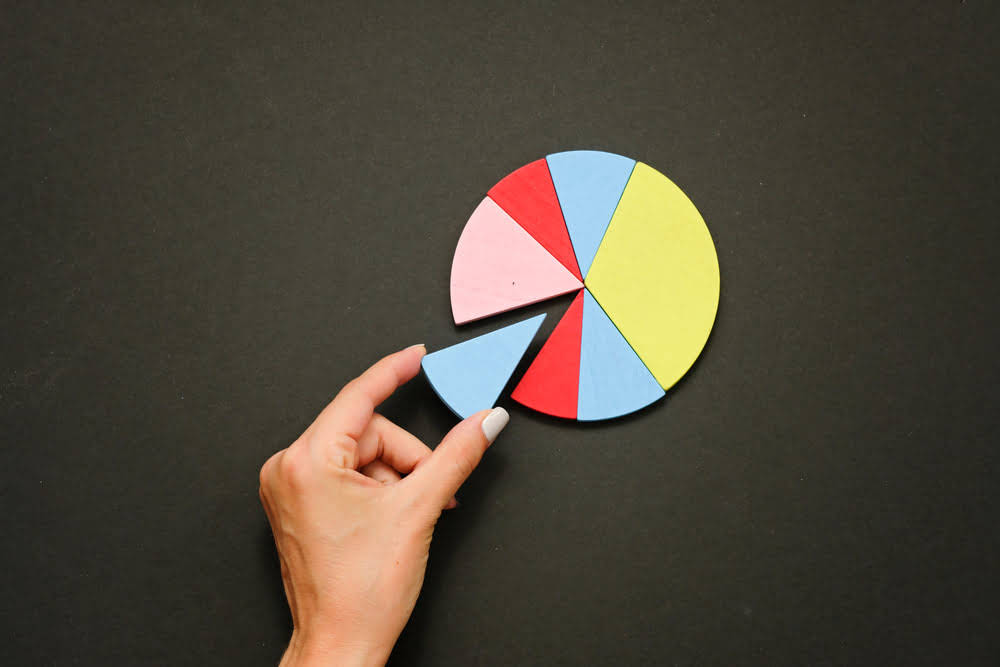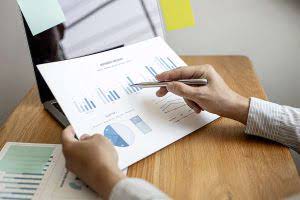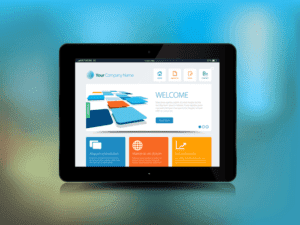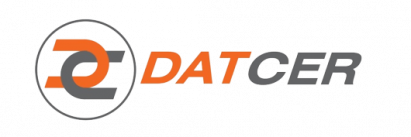
At the beginning of the first year, the fixture’s book value is $100,000 since the fixtures have not yet had any depreciation. Therefore, under the double declining balance method the $100,000 of book value will be multiplied by 20% and will result in $20,000 of depreciation for Year 1. The journal entry will be a debit of $20,000 to Depreciation Expense https://www.bookstime.com/ and a credit of $20,000 to Accumulated Depreciation. How do you calculate the double-declining balance method of depreciation? Here’s how you can decide if double-declining balance is right for your business. DDB depreciation is less advantageous when a business owner wants to spread out the tax benefits of depreciation over a product’s useful life.
Accounting made for beginners
This will help demonstrate how this method works with a tangible asset that rapidly depreciates. The double declining balance depreciation rate is twice what straight line depreciation is. For example, if you depreciate your machine using straight double declining balance method line depreciation, your depreciation would remain the same each month. Double declining balance (DDB) depreciation is an accelerated depreciation method. DDB depreciates the asset value at twice the rate of straight line depreciation.
Example Calculation of Double Declining Balance Depreciation

For the past 52 years, Harold Averkamp (CPA, MBA) has worked as an accounting supervisor, manager, consultant, university instructor, and innovator in teaching accounting online. Insights on business strategy and culture, right to your inbox.Part of the business.com network. Depreciation expense under this method will be high in the beginning but decreases year on year. The expense on the 10th year is boosted to $3,422 since we know the salvage value of the car after 10 years is $10,000 and therefore, we would expense the entire remaining undepreciated amount on the 10th year.
Analyze the Income Statement
- They have estimated the machine’s useful life to be eight years, with a salvage value of $ 11,000.
- By applying double the straight-line depreciation rate to the asset’s book value each year, DDB reduces taxable income initially.
- It is a form of accelerated depreciation, which means that the asset depreciates at a faster rate than it would under a straight-line depreciation method.
- Your basic depreciation rate is the rate at which an asset depreciates using the straight line method.
- It is therefore specifically important for accountants to understand the different methods used in depreciating assets as this constitutes an important area to be taken care of by accounting professionals.
- There are various alternative methods that can be used for calculating a company’s annual depreciation expense.
All methods of depreciation can affect a business’s tax picture and taxes owed. Therefore, the book value of $51,200 multiplied by 20% will result in $10,240 of depreciation expense for Year 4. At the beginning of the second year, the fixture’s book value will be $80,000, which is the cost of $100,000 minus the accumulated depreciation of $20,000. When the $80,000 is multiplied by 20% the result is $16,000 of depreciation for Year 2. By accelerating the depreciation and incurring a larger expense in earlier years and a smaller expense in later years, net income is deferred to later years, and taxes are pushed out. This method is best suited for assets that lose a big portion of their value at the beginning of their useful life, cars or any items that become obsolete quickly are good examples.
- Unlike the straight-line method, the double-declining method depreciates a higher portion of the asset’s cost in the early years and reduces the amount of expense charged in later years.
- With a more secure, easy-to-use platform and an average Pro experience of 12 years, there’s no beating Taxfyle.
- However, using the double declining depreciation method, your depreciation would be double that of straight line depreciation.
- This will help demonstrate how this method works with a tangible asset that rapidly depreciates.
Example of Double Declining Balance Depreciation in Excel

Owning assets in a business inevitably means depreciation will be required since nothing lasts forever, especially for fixed assets. It is therefore specifically important for accountants to understand the different methods used in depreciating assets as this constitutes an important area to be taken care of by accounting professionals. The DDB method contrasts sharply with the straight-line method, where the depreciation expense is evenly spread over the asset’s useful life. The choice between these methods depends on the nature of the asset and the company’s financial strategies. DDB is preferable for assets that lose their value quickly, while the straight-line method is more suited for assets with a steady rate of depreciation.
- For example, if an asset has a useful life of 10 years (i.e., Straight-line rate of 10%), the depreciation rate of 20% would be charged on its carrying value.
- Firms depreciate assets on their financial statements and for tax purposes in order to better match an asset’s productivity in use to its costs of operation over time.
- Adam received his master’s in economics from The New School for Social Research and his Ph.D. from the University of Wisconsin-Madison in sociology.
- In this lesson, I explain what this method is, how you can calculate the rate of double-declining depreciation, and the easiest way to calculate the depreciation expense.
- The double declining balance method is a method used to depreciate the value of an asset over time.
Alternative Methods

